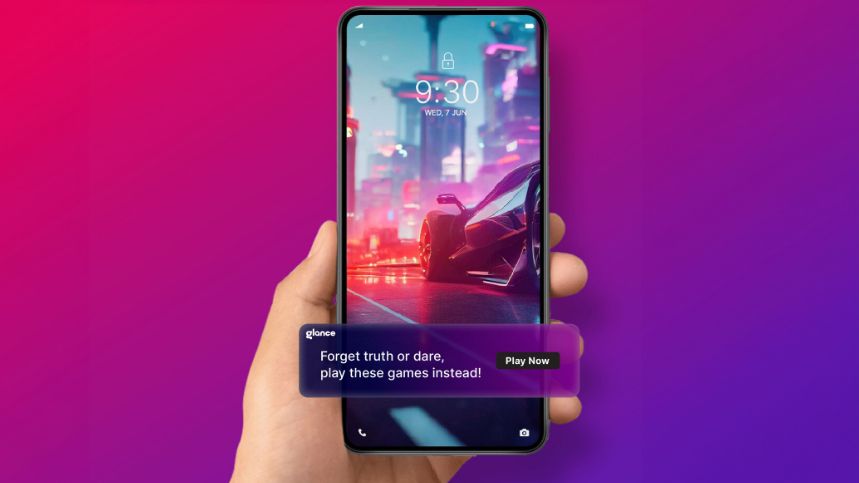There is a buzz in the tech world about Android phones potentially displaying ads on their lock screens, reminiscent of Windows 11’s controversial ad placement. This innovation is being pioneered by Glance, a Google-backed company that has seen success in regions like India, Southeast Asia, and Japan. As part of its US expansion, Glance is collaborating with big players like Motorola and Verizon, along with renowned brands such as CNN and the NBA to offer lock screen content. Their widget showcases a variety of ads, sponsored content, and tailored feeds of news and sports on users’ lock screens, home screens, and folders.
The Glance widget is currently pre-installed on select Motorola phones and is likely to be included in more devices. With over 450 million smartphones having it pre-installed and about 300 million active users globally, Glance seems poised for further growth. While there are claims that Glance doesn’t plan to show lock screen ads in the US, the large user base suggests otherwise, sparking speculation about the future ad integration on American devices.
Glance’s collaboration with Qualcomm to develop an AI-powered lock screen experience hints at further advancements. The presence of ads on lock screens is a notable shift as most Western users consider this space personal and utilitarian for quick phone access. While ads on lock screens and within phone software are more common in Asia, their introduction in the Western market may face resistance from users valuing their lock screens for practical tools and personalization.
Windows 11 ads
Comparisons have been drawn between the lock screen ads on Android and the disputed Windows 11 ads by Microsoft, which they term as “recommendations.” While Microsoft promotes its products in these ads, Glance displays only third-party content. Both the Windows and Android ads are optional and can be disabled if deemed intrusive. However, these new ad avenues could signify a growing trend of companies exploring unique advertising spaces, potentially leading to ad-supported budget phones offering quality devices at affordable prices, similar to the Amazon Fire Tablet model.
As companies seek alternative revenue sources beyond device sales, integrating ads into mobile interfaces could become more prevalent. Although this may help offer competitively priced phones, user acceptance remains uncertain, especially in regions unaccustomed to frequent ad placements in personal spaces.











